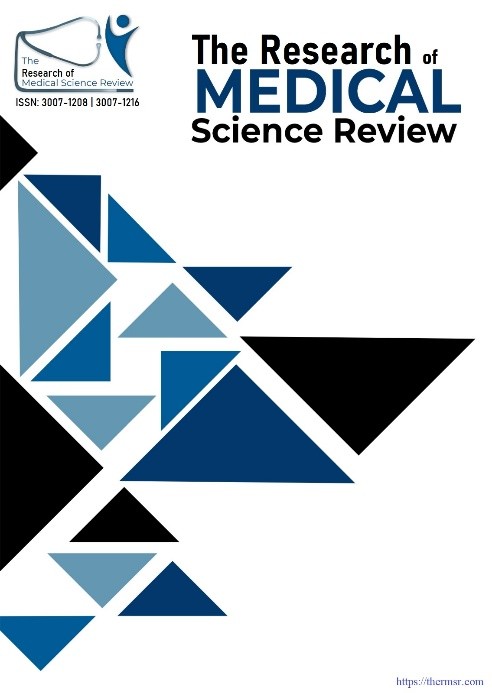PREVALENCE AND ASSOCIATED FACTORS OF SELF-MEDICATION AMONG MEDICAL AND NON-MEDICAL STUDENTS IN CHARSADDA
Main Article Content
Abstract
Background: Self-medication—the use of medicines without professional consultation—is a common global phenomenon, especially in developing countries where drugs are easily accessible. Although it may seem convenient and cost-effective, self-medication poses significant risks such as incorrect drug use, delayed diagnosis, and antimicrobial resistance. University students, particularly those in medical and non-medical fields, are among the groups most likely to engage in this practice due to their knowledge, accessibility to medicines, and busy schedules.
Aim: This study aimed to assess the prevalence and associated factors of self-medication among medical and non-medical students in Charsadda.
Methodology: A descriptive cross-sectional study was conducted among 60 undergraduate students from Bacha Khan University, Charsadda, using a stratified random sampling technique to ensure equal representation of both groups. Data were collected through a structured self-administered questionnaire and analyzed using SPSS version 26. Descriptive and inferential statistics were applied to identify patterns and associations between variables.
Results: The findings revealed that 71.7% of students used self-medication as their first line of treatment. Most respondents (90%) checked expiry dates before using medicines, and 61.7% recognized that overuse could lead to drug resistance. However, 45% considered self-medication a time-saving practice, and 50% viewed it as economical. Common motivations included convenience, affordability, and limited access to healthcare facilities. Despite general awareness of risks, some students underestimated potential dangers such as substance misuse, incorrect drug use, and delayed diagnosis.
Conclusion: Self-medication is highly prevalent among students in Charsadda, influenced by accessibility, cost concerns, and perceived minor illness. While many students demonstrate responsible behavior, gaps remain in understanding the long-term risks. Educational programs and stricter awareness campaigns are recommended to promote safe medication practices and reduce the potential harm of self-medication.
Keywords:
Self-medication, medical students, non-medical students, antibiotic misuse, Pakistan
Downloads
Article Details
Section

This work is licensed under a Creative Commons Attribution-NonCommercial-NoDerivatives 4.0 International License.
